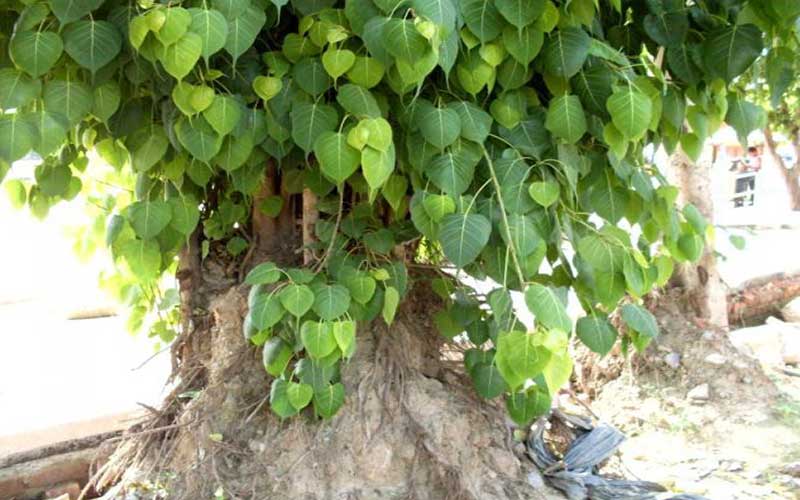Neem Tree - The All-Powerful Universal Tree
Neem, also known as Margosa, is a botanical cousin of mahogany. It is a member of the Meliaceae family.
Neem, India's legendary medicinal tree, has grown alongside human settlement throughout the country and has been an integral part of the Indian way of life for centuries. The Neem tree's history is inextricably linked to the history of Indian civilization.
Almost every part of the Neem tree has been studied for medicinal purposes.
- Tonic and anti-periodic - root bark, stem bark and young fruit
- Antiseptic and local stimulant - seed, oil and leaves
- Stimulant tonic and stomach ache – flowers
- Emollient tonic – gum
Neem bark, leaves, and fruits have long been used in Ayurvedic medicine and are mentioned in Sushruta's ancient writings.
For centuries, Indians have relied on this tree to improve their health and treat a variety of ailments. It has also been used to protect food and stored grains, as well as a fertiliser and natural pesticide in the fields.
In Sanskrit, neem is known as 'Arista,' which means 'perfect, complete, and imperishable.'
The name 'Nimba' is derived from the Sanskrit term 'Nimbati Syasthyamdadati,' which means 'to give good health.' In Sanskrit, 'Pinchumada,' another name for Neem, means "destroyer of leprosy and healer of skin infections." Around the 4th century BC, Kautilya's "Arthashastra" contains the earliest authentic record of the curative properties of Neem and its use in the indigenous system of medicine in India.
Neem is extremely beneficial in reducing pollution in the environment because its in-florescence is purifying. Neem is a veritable "Kalpataru" in terms of providing healthy surroundings. It, like other trees, exhales oxygen and helps to keep the oxygen level in the atmosphere balanced.
Neem can help to prevent environmental disasters in India and other tropical countries by successfully rehabilitating degraded ecosystems and wastelands. Neem is extremely useful in urban forestry because of its remarkable resistance to air, water, and heat pollution. Neem also aids in the restoration and maintenance of soil fertility, making it ideal for agroforestry.
Neem is a natural resource that helps to keep the environment clean. It serves as a windbreak in villages, cities, and on farms. It is an excellent source of shade for parks, roadsides, and other public areas.
Because of its numerous benefits, it is common practice in rural India to have a neem tree within the compound of the majority of the houses. In India, neem is also regarded as a valuable forestry species.
